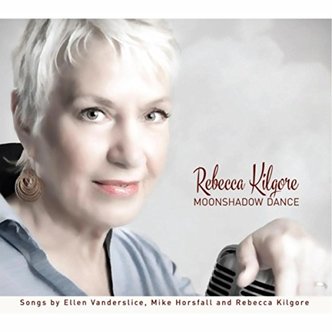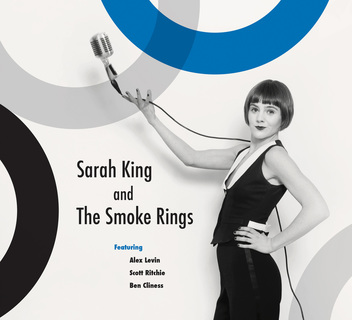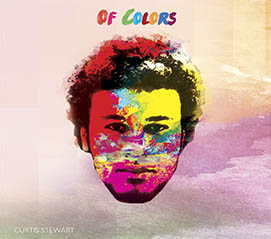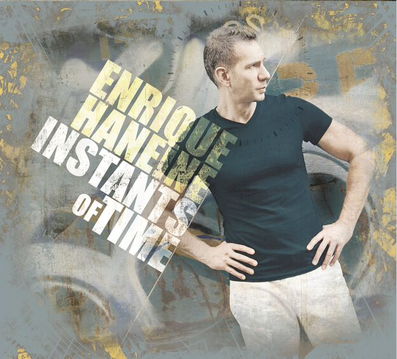
Kilgore, of course, sings on all the tracks (joined by Susannah Mars in guest appearances) and Horsfall adds the vibes to a talented and skillful array of some of Portland’s most notable musicians. Randy Porter is on piano with the cool Tom Wakeling on bass and the precise Todd Strait on drums. Guest appearances include Dan Balmer on guitar, Israel Annoh on percussion, David Evans on tenor sax, John Moak on trombone, Tim Jensen on flutes, and others.
Listening to Moonshadow Dance was like a weeklong tour of Portland’s Jazz spots. Here is Mike Horsfall performing with the Nu Shooz Orchestra, over there is Todd Strait with George Colligan, around the corner is Israel Annoh performing with…everyone and Dan Balmer with Mel Brown’s Quartet.
Most of the songs are written by two or all three of the composers with the exception of tracks 1 and 10 (by Mike Horsfall) and 9 (by Rebecca Kilgore). The music glides effortlessly between straight-up Jazz, swing and a little bit of samba. The core trio of Porter (piano), Wakeling (bass) and Strait (drums) provide the great foundation upon which all else is built.
Tunes range from One Little Kiss, a sweet samba composed by Vanderslice and Horsfall, to The Day I Leanred French, a whimsical tune with Kilgore’s standardized vocal approach. Steve Christofferson adds the melodica to create the faux French feel that enhances the cool whimsy.
One of the more remarkable aspects of Moonshadow Dance is the generous way in which Kilgore clears room for the splendid musicians that surround her. Tim Jensen’s flute, Dan Balmer’s guitar, Mike Horsfall’s vibes and Israel Annoh’s percussion all deserve focused attention.
In fact, after the third listening of the album, I found myself playing all of Balmer’s tracks in succession, then Jensen and Annoh. To add Israel Annoh to any ensemble is proof of musical depth and wisdom. Pay attention to the joined instrumental work of Horsfall and Annoh together.
The entirety of the album is a thing of collective and individual beauty.
Yes, there are several standout moments to be enjoyed over and again. The title track is a cool Jazz nocturne while Cantando o Amor is a hot Latin swing with the obligatory sizzling rhythm beneath Balmer’s fine guitar work.
All of this is surrounded and surveilled by Rebecca Kilgore’s smooth and sweet, sultry and swinging vocals. As great as the musicians are at creating the structure and sound, Kilgore breathes her own spirit into each and every track.
Crafty compositions, flawless performances, and hearts full of joy make this album Moonshadow Dance an incredibly enjoyable album.
~Travis Rogers, Jr. is The Jazz Owl





 RSS Feed
RSS Feed
